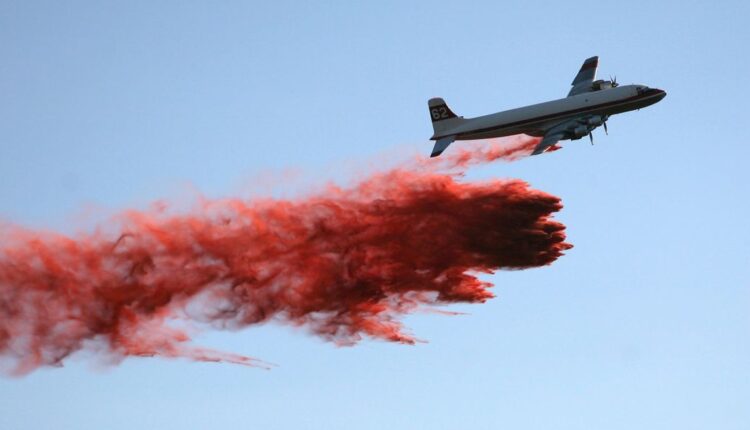LOTS OF THINGS can go wrong when flying at 30,000 feet—an airplane malfunction is the least of your worries. Increasing amounts of turbulence due to climate change certainly isn’t great, and bad weather can send wait times soaring. Then there is the laundry list of possible medical emergencies, both expected and unexpected, that can occur at any moment en route.
On September 1, the 336 passengers aboard Delta Airlines Flight 194, a red eye flight from Atlanta to Barcelona, definitely experienced the latter.
After only two hours into the flight, the airline crew experienced a nightmarish “biohazard issue” after a passenger “had diarrhea all the way through the airplane,” according to the pilot’s in-flight announcement that was later posted to X, formerly Twitter.
More From Men’s Health

Passengers later confirmed that the mess did indeed run the length of one cabin aisle. DL194’s flight data on FlightRadar24 shows the aircraft’s about-face over the skies of Virginia.
Although the Federal Aviation Administration (FAA) requires aircraft to carry at least one sealed emergency medical kit containing 25 specified instruments and medications along with first-aid kits and automated external defibrillators, these kits clearly don’t include PPE or hazmat suits. One passenger told Futurism that flight attendants created makeshift biohazard suits from aprons in an attempt to clean the spill.
Ultimately, their efforts were fruitless. Upon the plane’s return to Atlanta, the carpet was ripped up from the cabin and replaced as passengers boarded a different plane and finally set off for their intended destination. This time, things went without a hitch.
With some two billion commercial passengers boarding planes every year, it’s inevitable that some will experience a medical event, especially in the unique and sometimes stress-inducing confines of an aircraft cabin, and this isn’t the first time that flight attendants didn’t have the tools they needed to get the job done.
In March 2022, a passenger (and thankfully a wilderness first responder) aboard a Frontier Airlines flight saved a woman’s life, but not after some quick thinking; the airline’s medical kit didn’t contain an oropharyngeal airway, a tool to help the woman breathe. Similarly, in June 2022, a doctor assisted in a medical emergency aboard a Delta flight and found the first aid kit sorely lacking.
The FAA has solicited ideas for new items to be added to an aircraft’s medical emergency arsenal. Perhaps the epic tale of the Diarrhea Plane will convince the administration to recommend a hazmat suit or two.
Darren lives in Portland, has a cat, and writes/edits about sci-fi and how our world works. You can find his previous stuff at Gizmodo and Paste if you look hard enough.


Comments are closed.